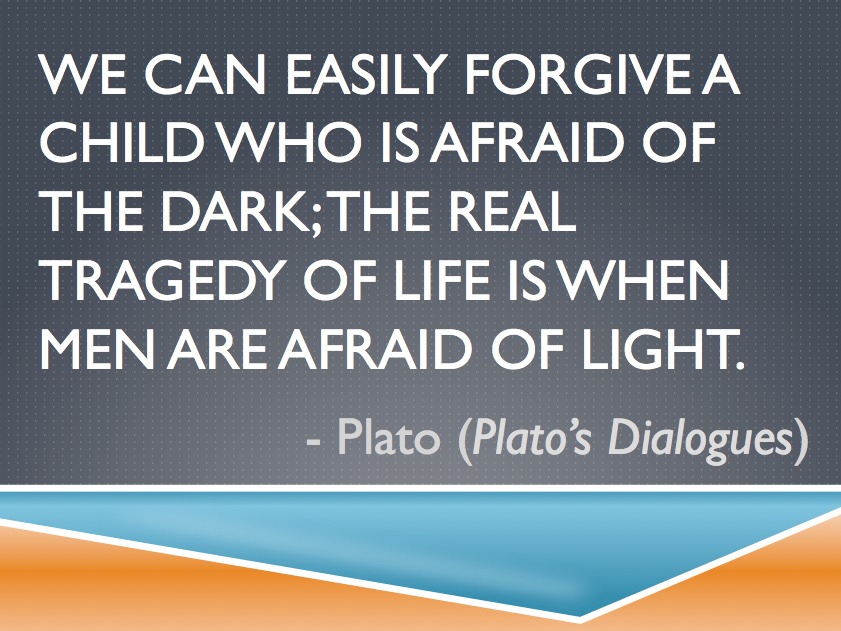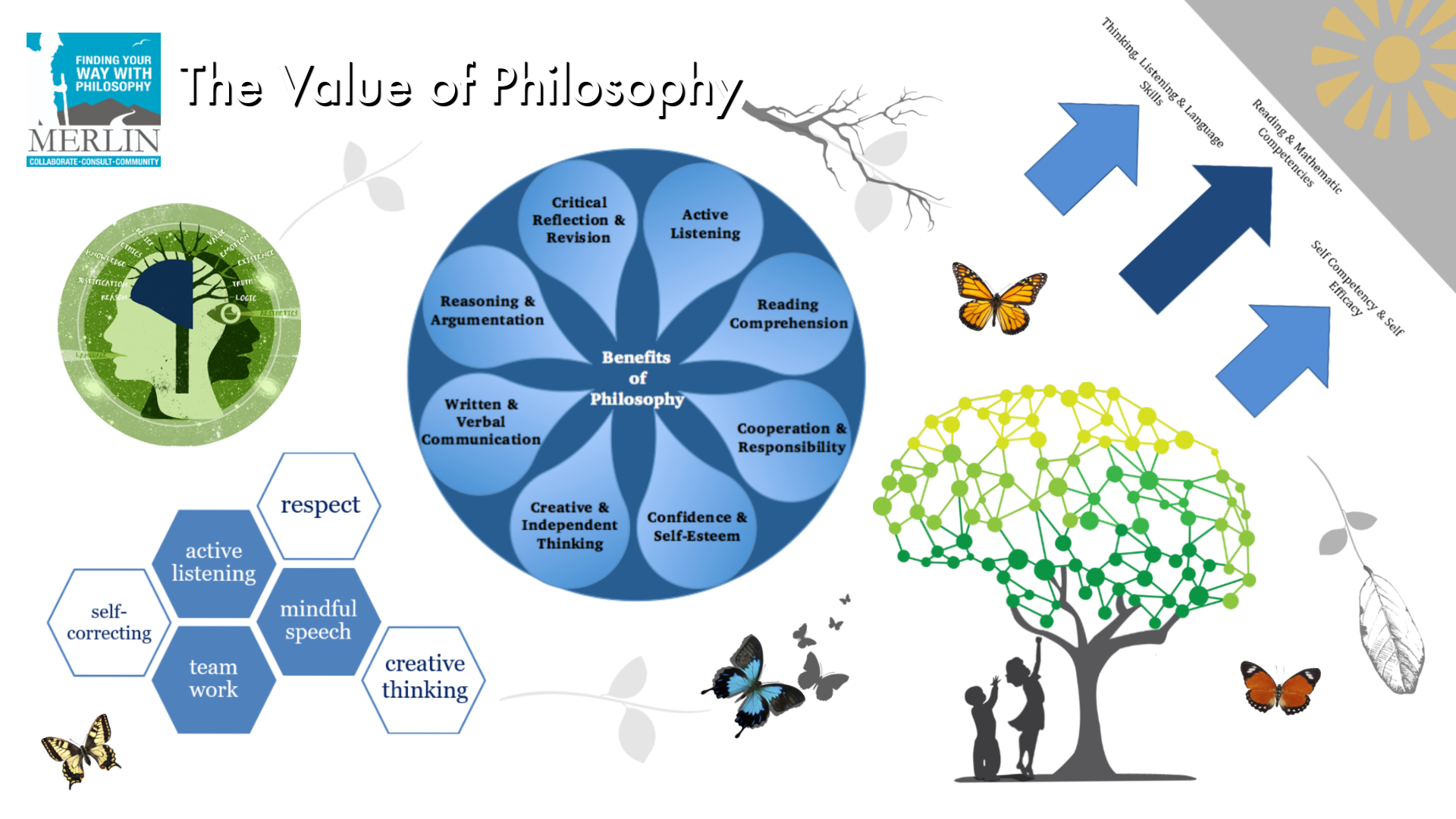 In part one of this article series (Theodor W. Adorno: An Introduction) by Merlin volunteer and scholar Jonathan Drake, Adorno’s “Dialectic of Enlightenment” was explored.
In part one of this article series (Theodor W. Adorno: An Introduction) by Merlin volunteer and scholar Jonathan Drake, Adorno’s “Dialectic of Enlightenment” was explored.
Briefly summarized: Adorno and his co-author, Max Horkheimer, argue that the philosophy of the Enlightenment has been mechanized into rational scientism that lacks critical reflection. Rationalism and science has become an administrative methodology which simply carries out the (irrational) needs of global capital.
In this post, Jonathan looks at Adorno’s essay, The Culture Industry. ‘Culture industry’, a term coined by Adorno & Horkheim, refers to popular culture being akin to factories that produce standardized cultural goods (e.g., films, radio, magazines) used to manipulate mass society in various ways. In his essay, Adorno examines the art and culture of industrialized society, particularly the United States which he lived in during the mid-twentieth century. He writes:
“The striking unity of microcosm and macrocosm presents men with a model of their culture: the false identity of the general and the particular.”
This is the same language with which he critiques philosophy, where the process of synthetic logic, of unifying the whole with the particular, is divorced from overarching goals or morality and thus becomes a kind of automated process. In the case of culture this is a “false identity” so, according to Adorno, “Under monopoly all mass culture is identical, and the lines of its artificial framework begin to show through” (Dialectic 120-121). While one can clearly recognize Adorno’s critique of enlightenment here, there is another key influence in his analysis of culture: Marx and his analysis of commodity.
Marx & Commodity Fetishism
Marx’s idea of “commodity fetishism” was deeply influential for twentieth century theory and contemporary philosophy. Marx argued that the used value of a commodity – for example the ability to generate heat from wood or coal – is not the real value of a commodity. The real value (as it is perceived by people) of a commodity is its exchange value – its ability to be traded for other commodities.
This is a “fetish” because if everyone consciously believes, for example, that their money is simply a symbol for the social relations between people (which really determine markets), then currency would lose its value. One cannot be totally aware of the logic of exchange or it loses its efficacy. Therefore, we instead fetishize commodity by believing that something’s ability to be exchanged is not due to the relations between people in society, but a property of the thing itself: money really has some special quality that makes it exchangeable, thereby mystifying the social relations that really determine exchange.
Marx’s commodity fetishism became a focus for many of Adorno’s predecessors and contemporaries, particularly György Lukács via his analysis of reification and subsequent claim that commodity fetish had become the dominant feature of post-industrial society, even determining what was perceived as objective reality. Whereas Marx applies this idea to commodities themselves, Lukács argues that the commodity fetish has become the foundation for all of society, including people and their relationships which have become commodified and their real determining factors mystified.
Adorno takes Marx’s idea of commodity fetishism and applies it to art. What was his purpose for doing so? To investigate how culture has become a top-down industry where all cultural products are first and foremost products, i.e., items intended for exchange. This need to be easily exchanged is not an incidental feature but the true content of all cultural products.
“The details are interchangable. The short interval sequence which was effective in a hit song, the hero’s momentary fall from grace (which he accepts as good sport), the rough treatment which the beloved gets from the male star, the latter’s rugged defiance of the spoilt heiress, are, like all other details, ready-made cliches to be slotted in anywhere; they never do anything more than fulfill the purpose allotted them in the overall plan. Their whole raison d’etre is to confirm it by being its constituent parts…The so-called dominant idea is like a file which ensures order but not coherence. The whole and the parts are alike; there is no antithesis and no connection. Their prearranged harmony is a mockery of what had been striven after in the greatest bourgeois works of art. In Germany the graveyard stillness of the dictatorship already hung over the gayest films of the democratic era” (125-6).
Adorno & Mass Media
 The idea that Hollywood blockbusters and pop music can be bad art full of clichés is not exactly a groundbreaking revelation. But Adorno’s analysis is deeper than this and diverges from a simple distaste for mass media.
The idea that Hollywood blockbusters and pop music can be bad art full of clichés is not exactly a groundbreaking revelation. But Adorno’s analysis is deeper than this and diverges from a simple distaste for mass media.
Many argue that some artists lack technical skill or authorial intent. This may (and is arguably) true and true for a variety of reasons. But this is not Adorno’s philosophical beef. Adorno is more concerned with the studios and record labels that represent such artists. They (the studios and record labels) are not incompetent and stupid, he claims, but in fact are (and frighteningly so) brutally and totally competent:
“Any trace of spontaneity from the public in official broadcasting is controlled and absorbed by talent scouts, studio competitions and official programs of every kind selected by professionals” (122).
What does he mean by this? Consider Peter Finch’s portrayal of the disillusioned and mentally ill anchor, Howard Beale, in Network whose unhinged rants against society and his industry are easily absorbed and commodified by the industry. Adorno’s point is not that studios are full of simpletons incapable of producing art, but rather that studios are full of skilled professionals who compartmentalize a work into innumerable constituent parts which are later assembled.
Hollywood is not an industry corrupted by talentless hacks but an industry functioning in perfect harmonious control – a microcosm of the capitalist macrocosm. This is why Adorno says the horrors of Nazi Germany are anticipated by its Weimar era films: the mechanized assembly line logic of the culture industry is the same logic at work in Nazi Germany, where its’ absurd and evil ends are carried out with careful efficiency.
Adorno is not arguing that the German film industry somehow caused the holocaust, but that capitalist society is a totalizing system where nothing escapes its reach and the “Culture Industry” functions just like anything else.
This is where his critique coalesces: Enlightenment inspired rationality without critical reflection simply serves the administrative needs of capital and becomes devoted to “efficiency” regardless of ends. Similarly, the “Culture Industry” is a terribly efficient machine where art (Adorno’s critique is not limited to “low” culture; nothing escapes) is made by an assembly line of experts and professionals with exchangeable, marketable products being the end goal, which is to say an industry entirely serving the interest of global capital.
The method is the content; everything else is incidental and interchangeable. The formal demands of the system determine everything and even the audience is split into various constituent demographics and market sections – we are consumers not readers or viewers.
Removing a Brick in the Wall of Culture
 Adorno was a German Jew fleeing Germany during the outbreak of WWII and arrived in America to find a facile, jingoistic society totally dominated by the forms of industrial capitalism. He was not optimistic. However, after a disastrous twentieth century, if there is one thing Adorno had some faith in, it was the liberating potential of art.
Adorno was a German Jew fleeing Germany during the outbreak of WWII and arrived in America to find a facile, jingoistic society totally dominated by the forms of industrial capitalism. He was not optimistic. However, after a disastrous twentieth century, if there is one thing Adorno had some faith in, it was the liberating potential of art.
Adorno was himself an accomplished musician and most of his work was concerned with aesthetic theory. While he remained pessimistic about the future he retained the belief that art can be profound and emancipatory.
What is more, Adorno was not a fan of political polemics; he did not wish for artists to counter capitalist ideology with The Communist Manifesto. Recall in Adorno’s critique that form determines content, therefore a leftist polemic, regardless of whether it is a good or bad choice aesthetically, is not really possible; the mechanisms of production overshadow any message.
Rather, the purpose of art is to simply free up space – mental space and ideological space. Because capitalist society is such a totally controlled culture, the role of the artist is to introduce negative space: to allow some room for new ideas, to remove a brick in the wall of culture through which some light might be seen.
___________________________________________________________________________
**NOTE: This article was authored by Merlin volunteer and scholar Jonathan Drake. See part 1 of his philosophical contributions on Theodor W. Adorno.**


























Pingback: The Culture Industry Today: An Overview - Five Cowries Creek
Pingback: “A Warm Killer”——Culture Industry – Seminar Group 1
Pingback: Just Puppets In the Hands of Society – Seminar Group 2